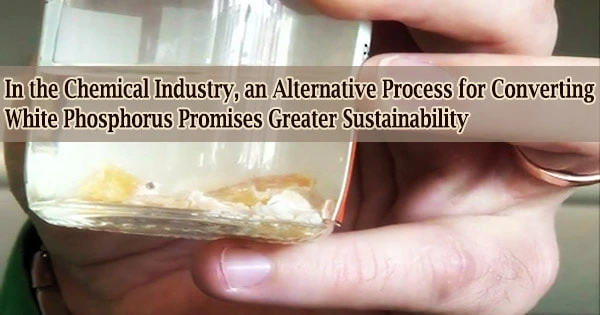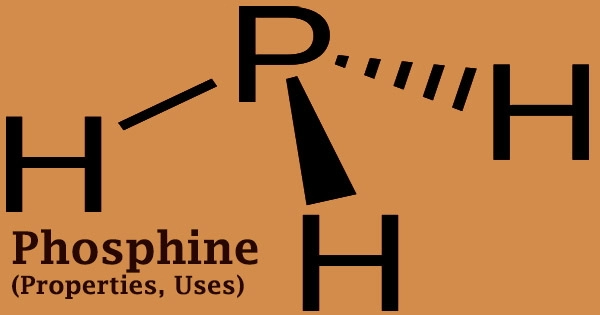The chemical element phosphorous (P) is an essential component of all biological life and a function-giving component of a wide range of items, including medicines, food, and fertilizers.
Phosphorus is only found in nature in the form of phosphate in the earth’s crust. Continental reserves, on the other hand, are finite and are expected to endure for a few more decades.
White phosphorus is a wax-like chemical compound that is generally yellowish or white and has a garlic-like odor, according to some. When it comes into contact with oxygen, it promptly ignites, and its principal function in armament is to burn brightly and quickly.
Phosphates are transformed into white phosphorus for industrial application through arduous chemical processes. Because it spontaneously catches fire in air, the military utilizes white phosphorus as an incendiary agent in numerous types of ammunition.
White phosphorus, along with red, black, and violet phosphorus, is the most important modification of the element in terms of industry, and it remains an indispensable starting point for the production of many pharmaceuticals, flame retardants, battery electrolytes, herbicides, and other phosphorus fine chemicals to this day.
In order to meet the greatest challenges of our time, a rethink must also take place in the chemical industry. We want to make a small contribution to this with our research by developing a “blueprint” for a more modern and more sustainable phosphorus chemistry.
Prof. Jan J. Weigand
During the day, white phosphorus is also used to create smokescreens because it produces a large volume of smoke when burned. When inhaled, swallowed, or in contact with the skin, it permeates into the body. It’s unclear whether eye contact can cause systemic exposure.
The white phosphorus is usually transformed to phosphorus trichloride (PCl3), a caustic and toxic liquid that is of primary importance for the chemical industry as a large-scale industrial intermediary, for the manufacturing of phosphorus-containing common chemicals.
However, the production and use of PCl3, which has been the only option until now, is extremely difficult. Prof. Jan J. Weigand of the Technical University of Dresden and his team have now succeeded in turning white phosphorus (P4) into a less troublesome phosphorus intermediate reagent.
The usage of chlorine gas can be fully avoided in this method. Rather, the chemicals used in the conversion of white phosphorus are recyclable.
“Economic factors still stand in the way of industrial application of the process, however a rethink is currently taking place here due to necessary, more sustainable aspects in the chemical industry. The more resource-conserving and efficient use of finite raw materials and the development of sustainable processes in many areas of chemistry are of the utmost importance. This work is a decisive breakthrough in phosphorus chemistry and of great importance for the further development of more sustainable and environmentally friendly processes,” affirms Dr. Kai Schwedtmann, one of the two first authors of the publication.
Prof. Weigand and his team are currently working on new ideas to eliminate the requirement for white phosphorus or PCl3 in the production of medicines, flame retardants, battery electrolytes, herbicides, and other phosphorus fine chemicals:
“In order to meet the greatest challenges of our time, a rethink must also take place in the chemical industry. We want to make a small contribution to this with our research by developing a “blueprint” for a more modern and more sustainable phosphorus chemistry.”
















